Cloud Data Security: A Comprehensive Guide
- Nitin Yadav
- Knowledge
About

Secure your cloud data with strong authentication and encryption. Learn best practices to tackle visibility issues and compliance challenges. Ensure your data’s safety today.
Industries
- AWS, SRE
Share Via
According to research, cloud intrusions increased by over 75% in just a year, from 2022 to 2023. 39% of companies experienced a data breach within their cloud environment.
As organizations increasingly migrate to the cloud, it becomes more and more essential to include robust security measures into their migration strategy. Cloud environments offer numerous benefits like scalability and cost-efficiency, but they also introduce new security challenges. A data breach in the cloud can result in significant financial losses. In fact, an IBM report suggests that there are losses of up to $4.8 million worldwide due to data breaches.
So, what does a company do in such situations? Enter cloud data security.
Cloud data security is the practice of protecting sensitive information stored on cloud computing platforms. It involves safeguarding data’s confidentiality, integrity, and availability. Let us read about how data is secure in cloud computing and why you need to enable it during your cloud migration.
First, let’s take a look at the fundamentals of cloud data security.
Fundamental Principles of Cloud Data Security
Cloud data security is built upon three core principles: confidentiality, integrity, and availability.
Confidentiality
Confidentiality ensures that information is accessible only to those that need access. Strong authentication mechanisms, such as multi-factor authentication (MFA), and robust access controls play a crucial role in limiting access to those who have legitimate permissions.
Data integrity
This guarantees that data remains accurate and complete throughout its lifecycle. Encryption techniques and checksum algorithms are powerful tools for maintaining data integrity. Encryption scrambles data, making it unreadable to unauthorized parties, while checksum algorithms verify the accuracy of data by detecting and correcting errors.
Data availability
This ensures that users can access data when needed, without having to rely on other sources. Regular backups, comprehensive disaster recovery plans, and redundant systems are essential components of a robust data availability strategy. Thanks to data availability, organizations can minimize downtime and ensure business continuity in the event of disruptions or security incidents.
Next, let’s take a look at the benefits of cloud security.
The Advantages of Strong Cloud Data Security
Robust cloud data security offers a multitude of benefits for organizations.
- Enhanced Data Protection is the most obvious benefit of implementing strong cloud security. It ensures that organizations can effectively safeguard sensitive information from prying eyes. This includes employing advanced encryption techniques, strong access controls, and regular security audits.
- Regulatory Compliance: Receiving regulatory approval is another critical advantage. Effective security practices help organizations meet stringent industry-specific compliance standards such as SOC-2, ISO/IEC 27001, GDPR, and PCI DSS. Adhering to these regulations not only mitigates legal risks but also demonstrates a commitment to data privacy and security.
- Business Continuity: It is essential for organizations to maintain operations and avoid disruptions. Comprehensive backup and recovery plans ensure that business operations can continue uninterrupted in the event of a security incident, such as a data breach or system failure. These plans help minimize downtime and financial losses.
- Improved Customer Trust: This is a significant benefit of strong cloud data security. By demonstrating a commitment to protecting customer data, organizations can gain trust more easily. This can lead to increased customer satisfaction, which further drives conversions.
Did you know? SquareOps has over 5 years of cloud security experience, being an official AWS partner. Click here to learn more about us!
Next, let’s talk about some of the challenges commonly faced in cloud security.
Common Cloud Data Security Challenges
Cloud environments, while offering numerous advantages, also present several security challenges. Chief of these are:
Visibility and Control Limitations
Control limitations can hinder effective security management. The complexity of cloud environments can make it difficult to maintain comprehensive visibility over data and control access to sensitive information. This lack of visibility can create security vulnerabilities that cybercriminals can exploit.
Shared Responsibility Model Misunderstandings
The shared responsibility model, where security responsibilities are divided between the cloud provider and the customer, can be misunderstood or mismanaged. It is crucial for organizations to clearly understand their security obligations and collaborate effectively with their cloud provider to ensure comprehensive security coverage.
Managing a Rapidly Evolving Attack Surface
The dynamic nature of multi-cloud and hybrid-cloud environments presents a significant challenge in managing the expanding attack surface. As organizations adopt these complex architectures, the risk of vulnerabilities and cyberattacks grows. To effectively address these challenges, continuous assessment and adaptation of security strategies are essential.
There are some steps you should be taking to ensure your cloud data is secure. Let’s take a look at some of these practices now.
Best Practices for Securing Cloud Data
To ensure the security of your cloud data, implement these essential best practices:
- Strong Authentication: Implement robust authentication methods like multi-factor authentication (MFA) to verify user identities and prevent unauthorized access.
- Encryption: Encrypt data both at rest and in transit to safeguard sensitive information from unauthorized access and breaches.
- Access Control: Utilize role-based access control (RBAC) to grant appropriate permissions to users, minimizing the risk of unauthorized access.
- Regular Security Assessments: Conduct regular security assessments and audits to identify and address vulnerabilities proactively.
With that in mind, let’s take a look at the different components of cloud data security solutions offered and see how data is secure in cloud computing.
The Most-used Cloud Data Security Components
Here’s a look at some of the common components of cloud data security.
- Application Security: Application security focuses on protecting applications from attacks like database injection or broken access control. This involves securing the application’s code, infrastructure, and data. Key strategies include code reviews, vulnerability scanning, penetration testing, and implementing secure coding practices.
- Network Security: Network security aims to protect network infrastructure and data transmission from attacks like the infamous DDoS (Distributed denial-of-service). This involves securing network devices like routers, switches, and firewalls, implementing network access controls, and monitoring network traffic for suspicious activity.
- Data Security: Data security ensures the confidentiality, integrity, and availability of data. This involves protecting data at rest, in transit, and in use. Key strategies include encryption, access controls, data loss prevention, and regular backups.
- Governance: Governance in cybersecurity involves establishing policies, procedures, and frameworks to manage and mitigate security risks. It includes risk assessments, compliance audits, incident response planning, and regular security training for employees.
- SIEM: Security Information and Event Management (SIEM) is a software solution that aggregates security data from various sources, analyzes it for security threats, and generates alerts. SIEM helps organizations detect and respond to security incidents more efficiently.
- DevSecOps: DevSecOps is a software development approach that integrates security practices into the entire development lifecycle. This involves automating security testing, vulnerability scanning, and other security measures to ensure that security is built into applications from the beginning.
Click here to read more about DevSecOps implementation.
Now, let’s see how a cloud security expert like SquareOps helps with cloud data security.
Enhancing Security with Cloud Providers
To maximize security in cloud environments, it’s crucial to carefully select and collaborate with reliable cloud providers. SquareOps can help you with the following:
Continuous Monitoring: By continuously monitoring your instances, SquareOps can help detect security breaches, unauthorized access attempts, and other malicious activities in real-time. Our 24/7 SRE ensures a timely response and mitigation of any security risks you might face. Key components of continuous monitoring include log analysis, vulnerability scanning, intrusion detection, and security information and event management (SIEM).
Understand Shared Responsibility: SquareOps can help you clearly understand the shared responsibility model, which outlines the security responsibilities shared between the cloud provider and the customer. We also help fulfill your security obligations, such as implementing strong access controls, regularly patching systems, and conducting security audits.
Ensure Compliance: We work closely with your cloud provider to ensure compliance with relevant industry regulations and standards, such as HIPAA, GDPR, and PCI DSS. Collaborate to develop and implement comprehensive security measures to meet these regulatory requirements. SquareOps is a certified AWS partner, with over 20 AWS certifications.
Case Study: Enabling AWS Security For Synaptic
Synaptic, a leading alternative data platform, faced significant security challenges during its migration strategy, including compliance issues and the need for enhanced visibility and control over its AWS environment.
SquareOps swiftly developed a comprehensive security solution with various AWS utilities such as AWS Network Firewall, GuardDuty for threat detection, and more.
The result? This transformation led to an improved security posture that was aligned with ISO27001 standards and greater operational efficiency for Synaptic, enabling them to focus on their core business objectives while ensuring data protection.
For the full case study, click here.
The Future of Cloud Data Security
The cloud security landscape is constantly evolving, with new threats and challenges emerging almost every day. It’s important to stay informed about the latest security trends and adopt proactive measures to protect their data.
More importantly, partnering with security experts like SquareOps ensures that your organization is ahead of the curve in cloud security and leaves you with much-needed time and resources to manage the rest of your cloud operations effortlessly. Click here to get started with us.
Frequently asked questions
Cloud data security is the practice of protecting sensitive data stored and processed in the cloud from unauthorized access, breaches, and other cyber threats.
Cloud data security is crucial because it safeguards sensitive information, maintains compliance with regulations, and protects your organization’s reputation and customer trust.
Common threats include data breaches, unauthorized access, data loss, malware attacks, and ransomware.
Some best practices include strong access controls, encryption, regular security assessments, employee training, and incident response planning.
DLP is a strategy to prevent sensitive data from being accidentally or maliciously shared, stolen, or leaked.
Data privacy can be ensured by implementing strong access controls, encryption, regular audits, and compliance with data privacy regulations like GDPR and CCPA.
AI can enhance cloud data security by automating threat detection, analyzing vast datasets to identify anomalies, and responding to incidents in real-time.
Stay updated by following industry news, attending conferences, and seeking guidance from security experts.
Related Posts
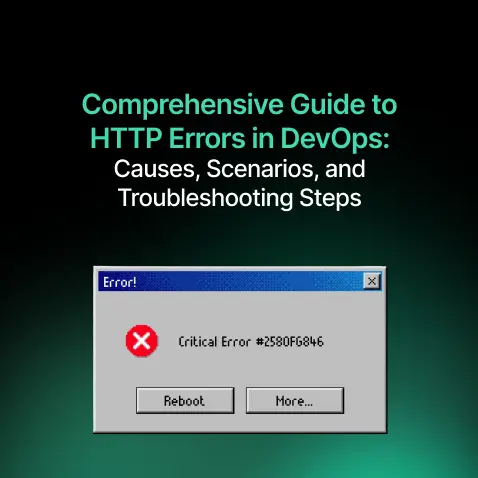
Comprehensive Guide to HTTP Errors in DevOps: Causes, Scenarios, and Troubleshooting Steps
- Blog
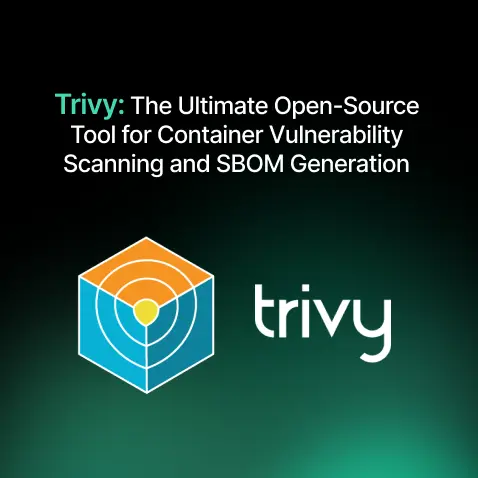
Trivy: The Ultimate Open-Source Tool for Container Vulnerability Scanning and SBOM Generation
- Blog
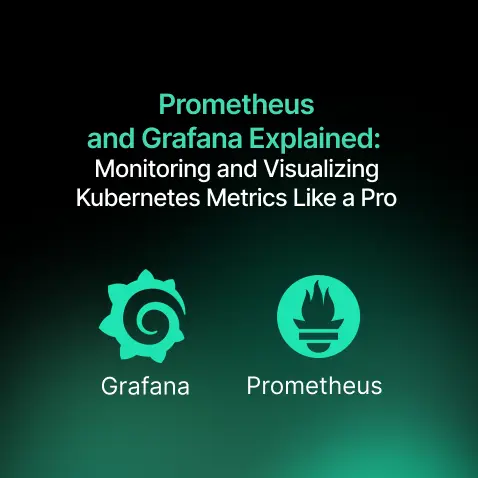
Prometheus and Grafana Explained: Monitoring and Visualizing Kubernetes Metrics Like a Pro
- Blog
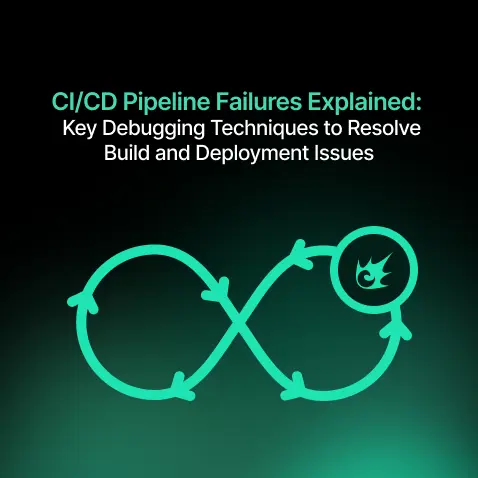
CI/CD Pipeline Failures Explained: Key Debugging Techniques to Resolve Build and Deployment Issues
- Blog
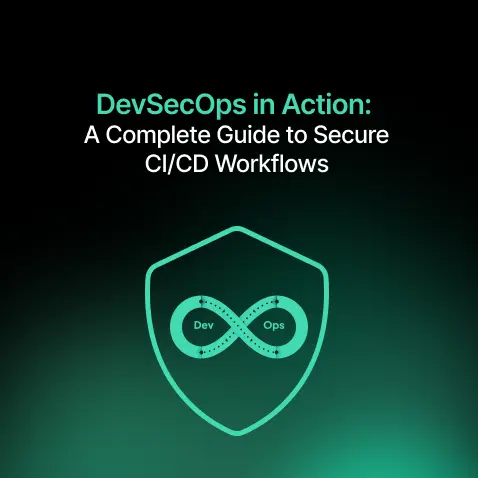
DevSecOps in Action: A Complete Guide to Secure CI/CD Workflows
- Blog
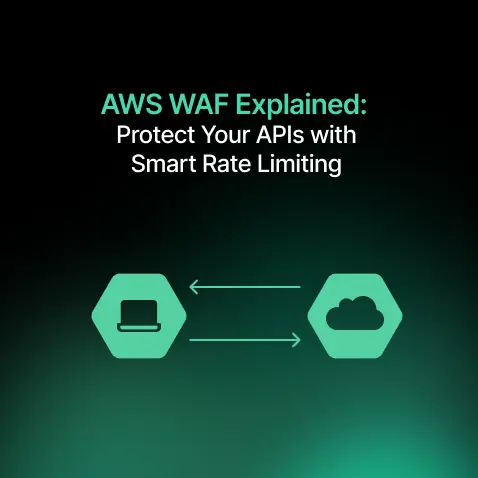
AWS WAF Explained: Protect Your APIs with Smart Rate Limiting
- Blog

